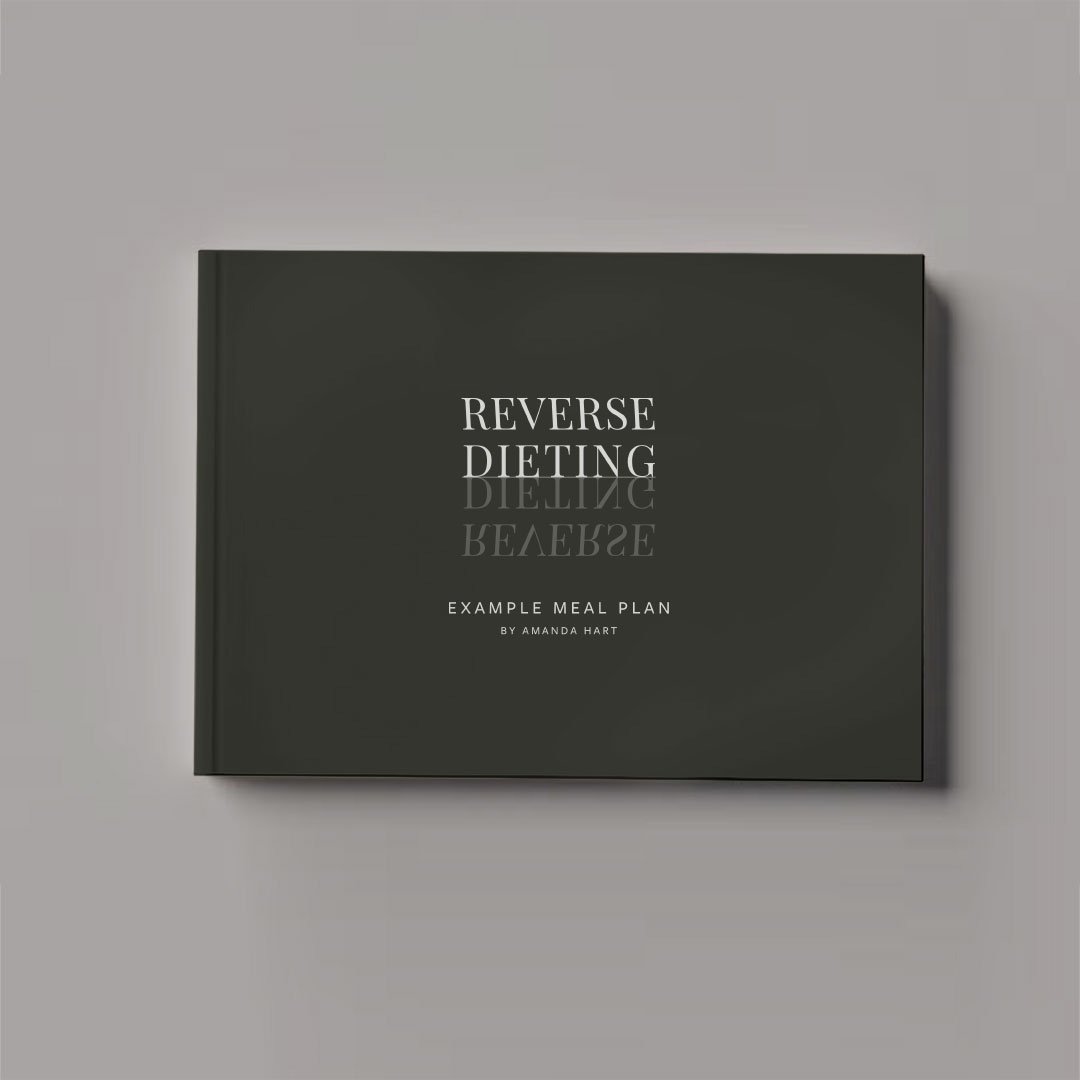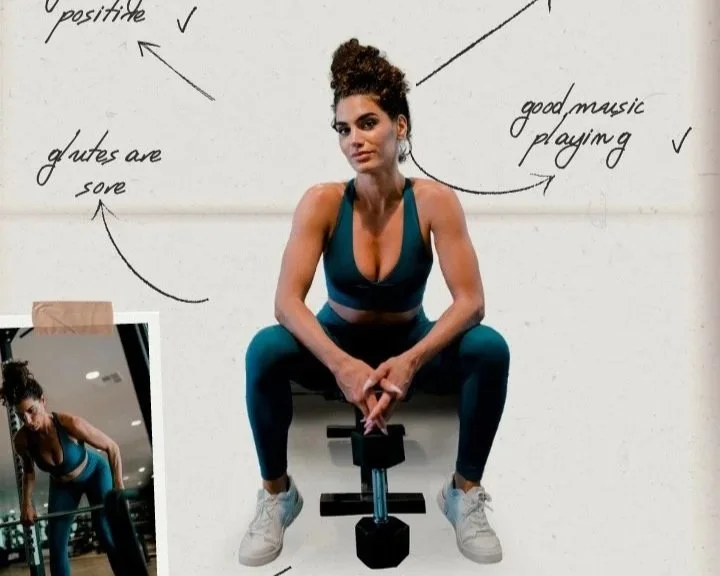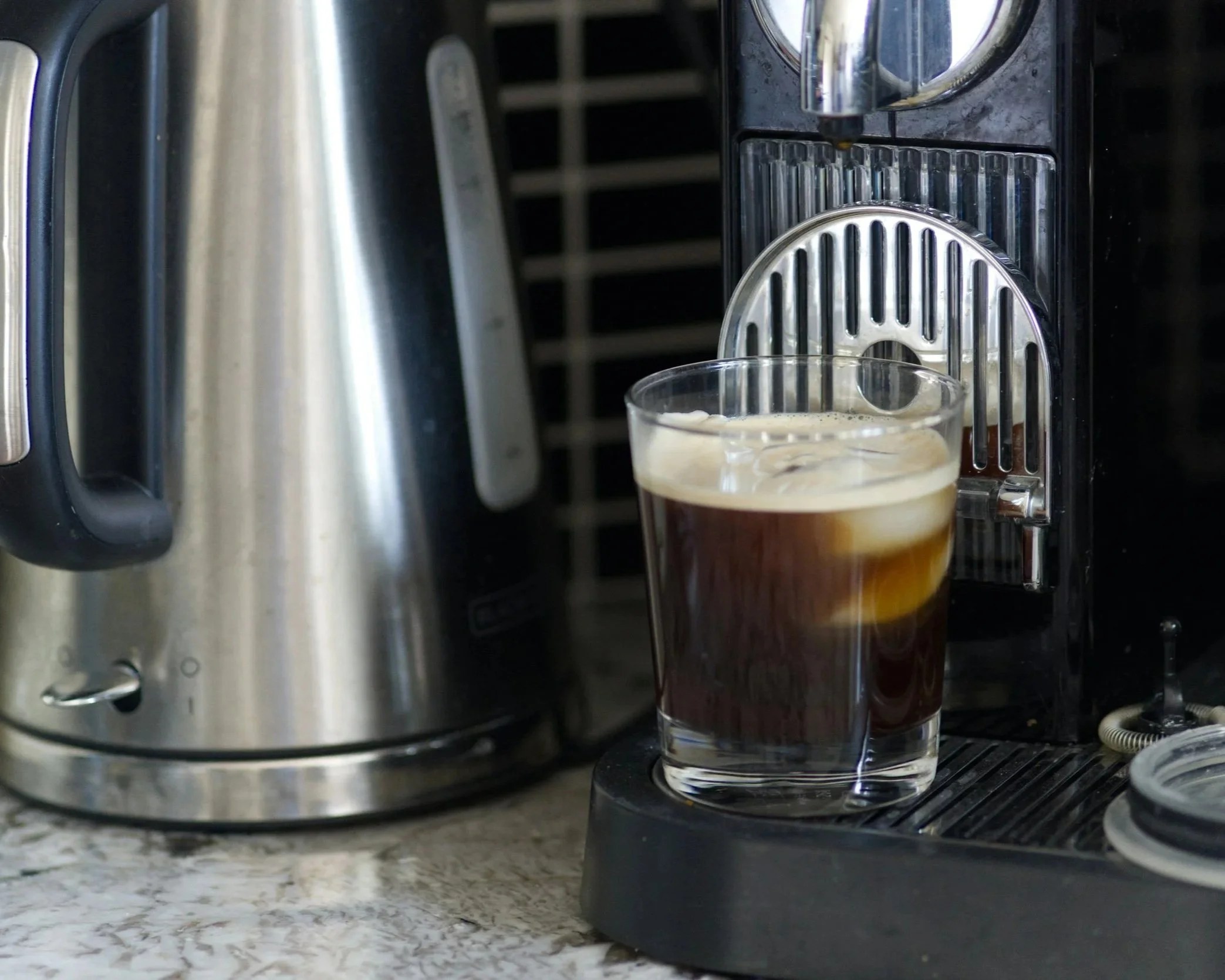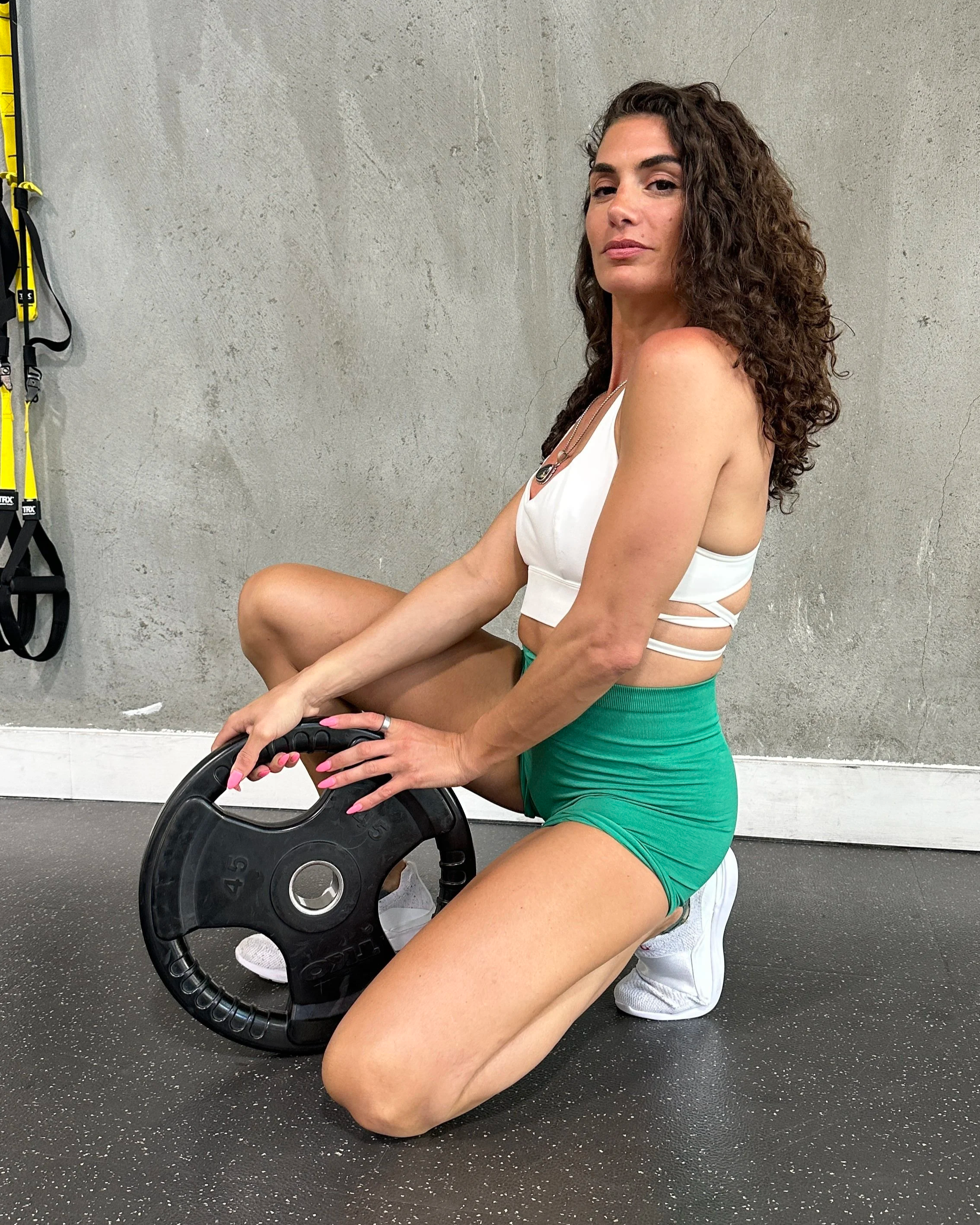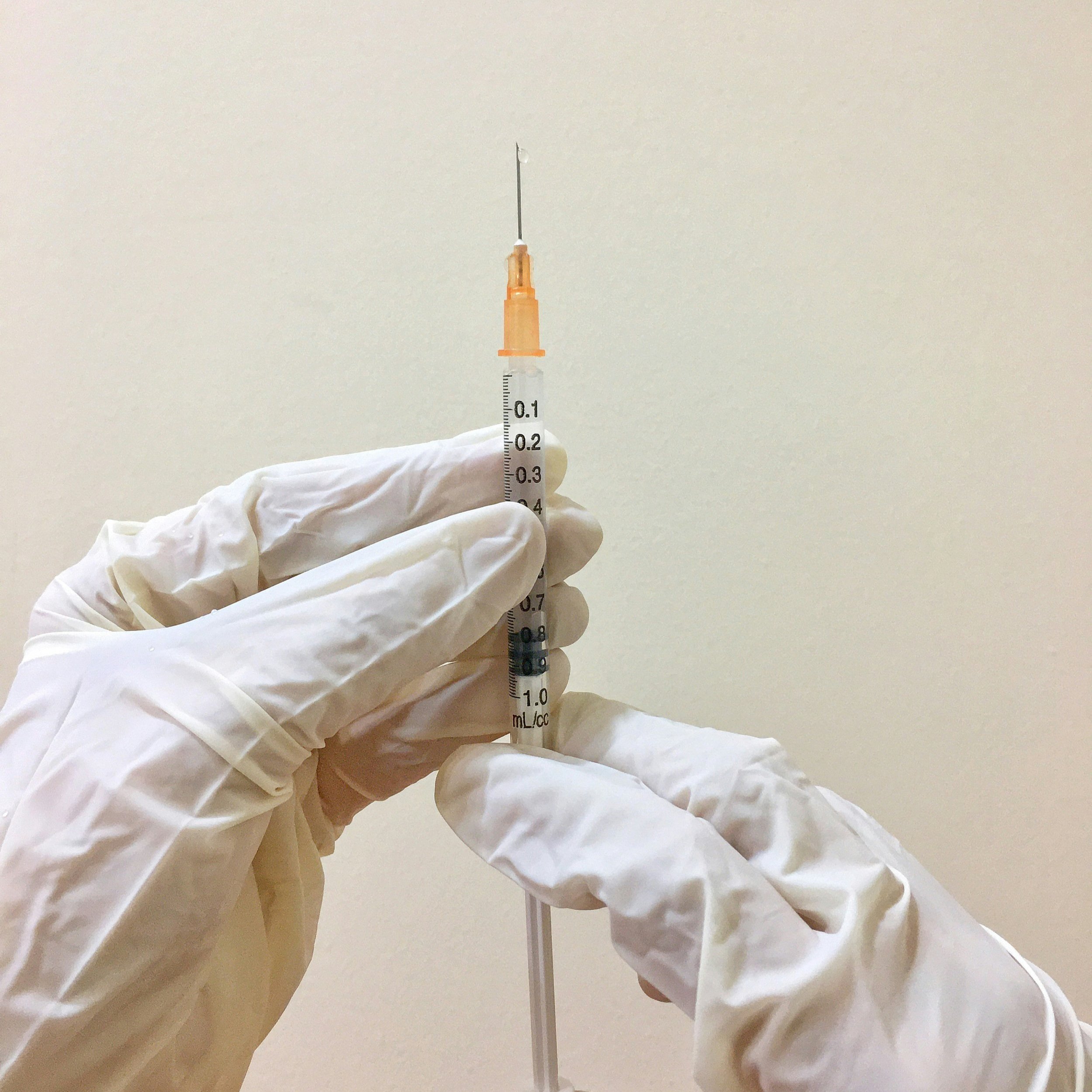Can Reverse Dieting Be Used as a Fat Loss Tool?
Reverse dieting isn't a direct fat loss *tool* in itself, but rather a strategic *process* that can be incredibly helpful *after* a period of calorie restriction for weight loss. It's a technique used to gradually increase your daily caloric intake while maintaining or even minimizing fat gain. This contrasts with the rapid refeeding that can often occur after a strict diet, leading to weight regain.
How Reverse Dieting Works:
Reverse dieting involves slowly and steadily increasing your daily calorie intake by a small amount (e.g., 50-100 calories) every 1-2 weeks. This gradual increase allows your body to adapt to the higher caloric intake, preventing rapid weight gain. The goal is to increase your metabolism and improve your body's ability to process food effectively. This leads to a higher caloric baseline which can then be used to support more intense exercise and muscle growth without compromising weight-loss progress.
Is it a Fat Loss Tool? The Nuances:
While reverse dieting doesn't directly burn fat, it plays a crucial role in *sustaining* fat loss and preventing weight regain. Here's how:
Increased Metabolism: A higher caloric intake can, over time, lead to an increase in your metabolic rate. This means your body burns more calories at rest.
Hormonal Balance: Calorie restriction can negatively impact hormones that regulate appetite and metabolism. Reverse dieting helps restore these hormonal balances.
Improved Training Capacity: With a higher calorie intake, you have more energy for exercise, allowing you to engage in more intense and frequent workouts, further aiding fat loss.
Sustainable Weight Management: The ultimate goal of reverse dieting is to reach a sustainable caloric intake that supports your lifestyle and fitness goals without resorting to extreme restriction. This is a key component of long-term weight management.
When to Use Reverse Dieting:
Reverse dieting is most effective after a period of significant calorie restriction. If you've been on a very low-calorie diet for an extended time, reverse dieting can help you safely increase your caloric intake without regaining lost weight.
Important Considerations:
Gradual Increases: The key to success is slow and steady increases in calories. Rapid increases can lead to weight gain
Monitor Your Progress: Regularly track your weight, body composition, and hunger levels. Adjust your caloric intake based on your progress
Professional Guidance: Consulting a registered dietitian or a certified personal trainer is highly recommended, particularly for individuals with underlying health conditions
Reverse dieting isn't a standalone fat loss tool, but a powerful strategy for long-term weight management. It's a crucial step in transitioning from a restrictive diet to a sustainable lifestyle that supports both health and fitness goals. By gradually increasing your calories and improving metabolic function, reverse dieting can be a valuable asset in maintaining your weight loss results and improving your overall wellbeing. I specialize in reverse dieting and if you’re looking to get more information, check out my tailored program called Metabolic Mastery for folks interested OR schedule a 1:1 call with me today to discuss what an effective reverse dieting approach might look like for you.

Metabolic Mastery
Safe 1:1 Nutrition Monitoring for Reverse Dieting
For individuals struggling to lose weight after extreme dieting, only $99 per week..

Follow Amanda Hart for free fitness tips







